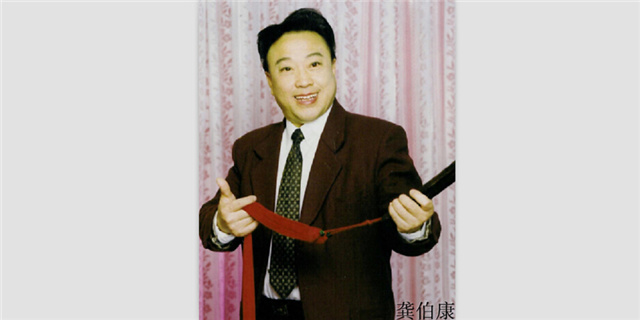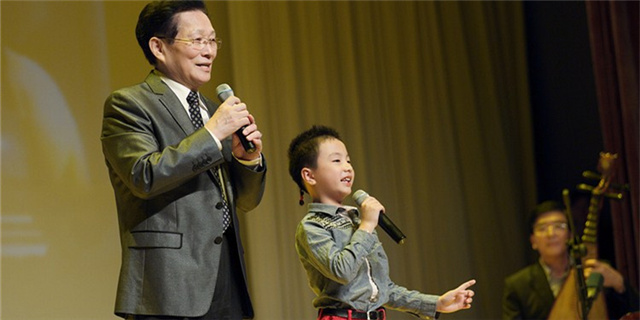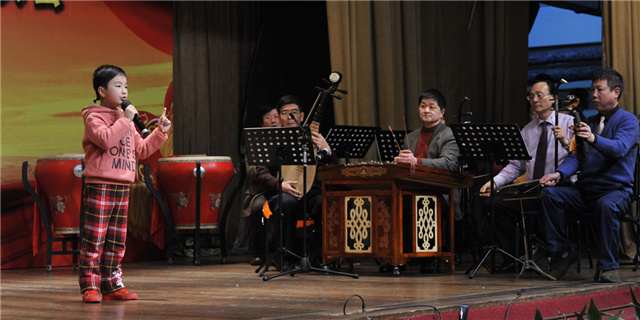Shanghai Talking and Singing
Shanghai talking and singing is one of the few local genres of folk art in Shanghai, and is an important representative of Shanghai urban folk art. From formation to form, from skill to style, it has the cultural characteristics of “Shanghai-style culture”: inclusiveness, integration and innovation, delicacy, and sagaciousness. In 2011, Shanghai talking and singing was listed by Shanghai Municipal Government in the list of the third batch of City-level Intangible Cultural Heritage in Shanghai. Shanghai talking and singing originated from “shuochaobao” (reading out the main news on the newspaper) and “changxiaoqu” (singing folk tunes) in old urban areas in Shanghai and on Zi-Ka-Wei streets during the late Qing Dynasty and the early Republic of China, and later absorbed art nutrition such as shishixinfu (telling social news) from Xiaorehun and Sutan. From the 1920s, it was once performed together with monodrama, and was performed in the name of “shuochang”, “changchun”, “shijinshuochang”, etc. on the radio. During the period, Qu Qiubai created Shanghai talking and singing librettos such as Mailigaotangdiao (tune of selling pear syrup sweets): “the Japanese Dispatches Troops” on Rexue Ribao. After the founding of the People’s Republic of China in 1949, Shanghai talking and singing absorbed skills such as Suzhou storytelling and Beijing crosstalk, and became an important form of artistic performance. In 1956, crosstalk master Hou Baolin officially named this art, and the name of “Shanghai talking and singing” has been formally used since 1964. Now the art has developed into the form of “storytelling” which alternately uses Shanghai dialect and integrates talking, singing, imitating, acting and laughing. It can be performed by one person, two persons or more than two persons, sometimes accompanied by a small band.




